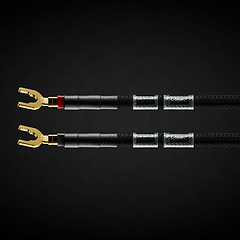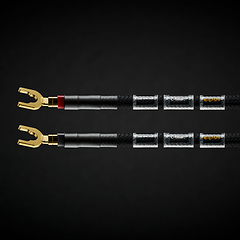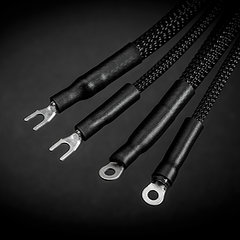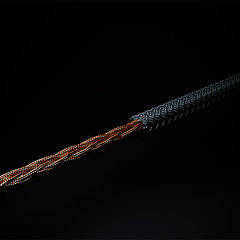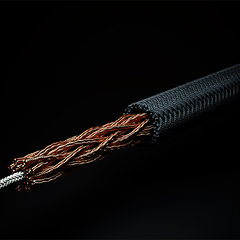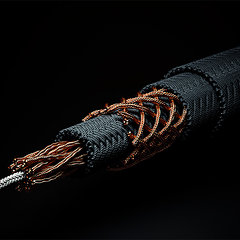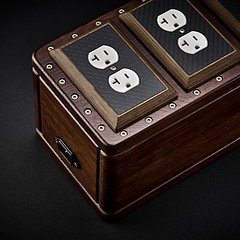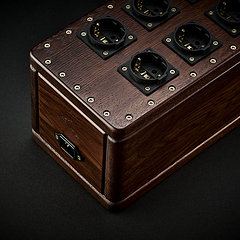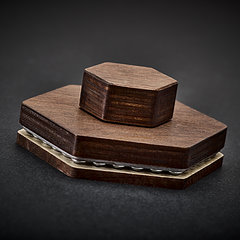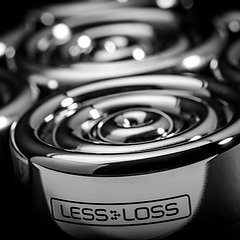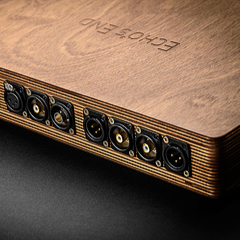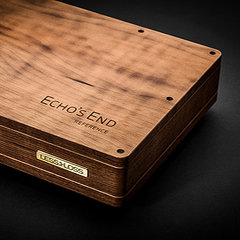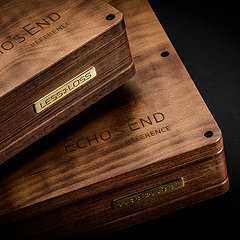 Two more useful BlackGround FAQs as we getcloser to release!Monday 14 November, 2022
Dear esteemed clients, Thank you for all the correspondence in the last few days pending release of the Early Bird discount offer for the pending launch of the BlackGround!
Q: How else can you simply explain the core functionality of the BlackGround?One can approach this by starting from the concept of how how lightning rods work. A lightning rod is a conductive extension of the ground potential up into the sky. At the top it is pointy, and this means that a small corona discharge occurs at this place. Why? There is a concept called atmospheric voltage. The further up you go from the surface of the earth, the higher the atmospheric voltage. It goes up at about 100V per meter. Once you get up to the Ionosphere, you are dealing with conductive plasma. When you extend the ground's voltage up to higher voltage surroundings, you get a large voltage potential (difference) at the tip of the lightning rod. When high voltage lightning discharge occurs, it seeks ground potential. Since ground potential is "piercing" the sky at the tip of the lightning rod, the lightning will naturally choose that path as the path of least resistance. You can watch this video:
Enter BlackGround, our solution by which, when pairing real-time voltages in the sound system with the ground potential, we have in effect generated a continuous lower impedance path for the cosmic ionic particle 'rain' to follow. Any electrical discharge will always choose the lowest impedance path. It represents a lower impedance path because the BlackGround is always at the same voltage that the signals are at. In this sense we keep the resistance path between noisy atmospheric voltages and the ground at the lowest we can possibly muster. Thus, the noise from cosmic radiation chooses this path and is dealt with even before it interferes with the prized signals we want to protect from these interactions. In fact, because the path presented is in real time following the signal voltages, it can be said that the signals themselves now become the conductor for the foreign noise instead of succumbing to intermodulation by it. The reason more and more BlackGrounds (and Blackbodies) are effective is that with every additional unit we are lowering and lowering this impedance path, so the results in terms of sonic purity are better and better as statistically less and less intermodulation occurs. Q: Can you show how to easily connect RCA signals without gutting my gear?You'll need two splitters for a stereo pair of signals and two special RCA cables which have an RCA plug on one end and two leads at the other both with ring terminals. Here's a quick sketch:
LessLoss will offer a standard shortest length possible C-MARC™ hook-up wire with two ring terminals attached as a low-cost product especially suited for use with the BlackGround, keeping the BlackGrounds as close as possible to one another (with only about a 1-2mm space between them). These will be of 66mm length, eyelet center to eyelet center. We'll share more photos and the special low pricing soon! Keep in touch! Use this time wisely to become acquainted with all the ways you can benefit from the BlackGround at launch (just a few days), at great discounts! Ramped up free unit pricing to be announced in the immediate days to come! Regards, Louis Motek | LessLoss.com |
- Products
- Power Cables
-
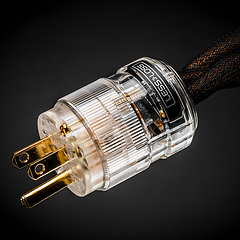 C-MARC™ Prime
The must have foundation for any sound system today.
From
$
486
C-MARC™ Prime
The must have foundation for any sound system today.
From
$
486
-
 C-MARC™ Classic
The unique super-cable power cord everyone's talking about.
From
$
1148
C-MARC™ Classic
The unique super-cable power cord everyone's talking about.
From
$
1148
-
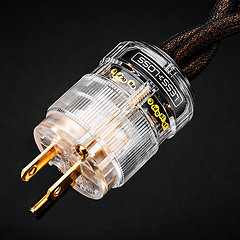 C-MARC™ Classic Entropic Process
The peerless, advanced Classic masterpiece.
From
$
1934
C-MARC™ Classic Entropic Process
The peerless, advanced Classic masterpiece.
From
$
1934
-
 C-MARC™ Stellar Entropic Process
The crown jewel for highest performance power connection.
From
$
2450
C-MARC™ Stellar Entropic Process
The crown jewel for highest performance power connection.
From
$
2450
-
- Loudspeaker Cables
- Interconnect Cables
-
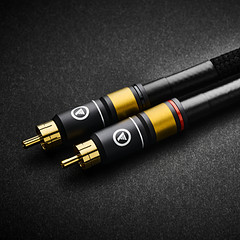 RCA C-MARC™
Cotton-clad true Litz • Whopping 2.3mm2 polarities
From
$
850
RCA C-MARC™
Cotton-clad true Litz • Whopping 2.3mm2 polarities
From
$
850
-
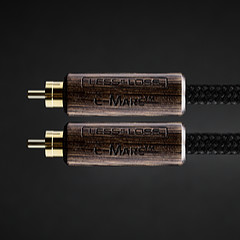 RCA C-MARC™ Entropic Process
Our finest RCA cable • Polished Wenge barrels
From
$
1428
RCA C-MARC™ Entropic Process
Our finest RCA cable • Polished Wenge barrels
From
$
1428
-
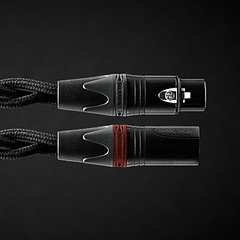 XLR C-MARC™
A hand-braided cotton-clad unique Litz construction
From
$
950
XLR C-MARC™
A hand-braided cotton-clad unique Litz construction
From
$
950
-
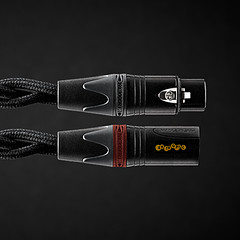 XLR C-MARC™ Entropic Process
Stratospheric performance for the audio connoisseur
From
$
1615
XLR C-MARC™ Entropic Process
Stratospheric performance for the audio connoisseur
From
$
1615
-
- Digital Cables
-
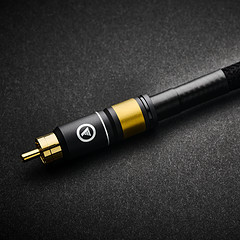 RCA Digital C-MARC™
Cotton-clad unique Litz design • Made only by LessLoss
From
$
510
RCA Digital C-MARC™
Cotton-clad unique Litz design • Made only by LessLoss
From
$
510
-
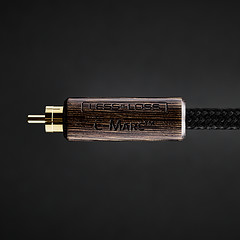 RCA Digital C-MARC™ Entropic Process
Possibly the most subtle digital cable on the planet
From
$
858
RCA Digital C-MARC™ Entropic Process
Possibly the most subtle digital cable on the planet
From
$
858
-
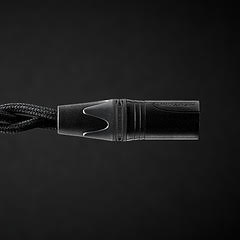 XLR Digital C-MARC™
Featuring a whopping 3 x 2.3mm2 Litz construction
From
$
570
XLR Digital C-MARC™
Featuring a whopping 3 x 2.3mm2 Litz construction
From
$
570
-
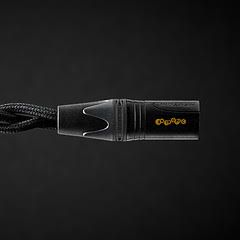 XLR Digital C-MARC™ Entropic Process
Stratospheric performance for the audio connoisseur
From
$
969
XLR Digital C-MARC™ Entropic Process
Stratospheric performance for the audio connoisseur
From
$
969
-
- Grounding Cables
- Bulk Wire and Cable
- Signal Conditioners
-
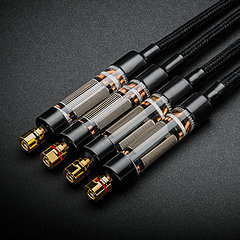 Firewall for Loudspeakers
Firewall for Loudspeakers
C-MARC™ Plug-and-Play Speaker signal conditioning like you've never imagined From $ 1656 -
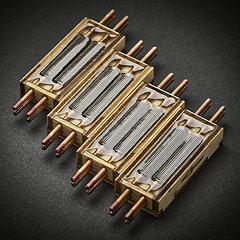 Firewall for Loudspeakers
Firewall for Loudspeakers
DIY version for Self-Installation For the Do-It-Yourself project enthusiast • Solder yourself From $ 800 -
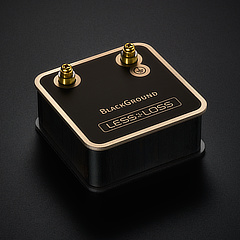 BlackGround DIY
Voltage-ground interface for a variety of applications
From
$
446
BlackGround DIY
Voltage-ground interface for a variety of applications
From
$
446
-
 BlackGround 8x/10x Speaker Base
Plug-and-play loudspeaker signal conditioner
From
$
3096
BlackGround 8x/10x Speaker Base
Plug-and-play loudspeaker signal conditioner
From
$
3096
-
- Power Conditioners
-
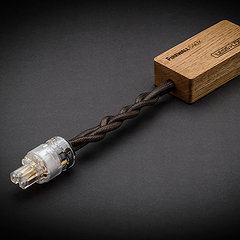 Firewall 640x
Plug-and-play solution for any powered gear
Firewall 640x
Plug-and-play solution for any powered gear
C-MARC™ Entropic Process and standard lead versions From $ 654 -
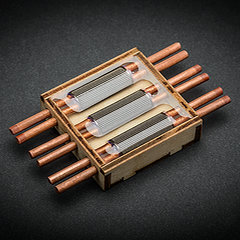 Firewall 640x DIY for Self-Installation
Self-solder and save!
From
$
320
Firewall 640x DIY for Self-Installation
Self-solder and save!
From
$
320
-
 BlackGround DIY
Voltage-ground interface for a variety of applications
From
$
446
BlackGround DIY
Voltage-ground interface for a variety of applications
From
$
446
-
 BlackGround 6x/10x Power Base
Plug-and-play power conditioner
From
$
2350
BlackGround 6x/10x Power Base
Plug-and-play power conditioner
From
$
2350
-
- Power Distributors
- Equipment Feet
- Field Conditioner
- DACs
- Power Cables
- Reviews
- This is definitely the cable to go for. It will almost literally blow your mind. – March 2012, Puresound Magazine
-
I was intrigued by the unanimously positive reviews garnered by these products ...
– by user Raymond Eye
Leaves you speechless
Sensational cables
BEST purchase I've made
Top notch performance
It's a steal
Musical... liquid... 3D
It's not subtle
More than an upgrade
Best I've heard so far
Stellar service
Sounds like a new system
Much more lifelike
Emotional flow
Overwhelming results
More dimensional
Sound is transformative
We were all astounded
Transformed my listening
Sounds so cohesive
Emotionally engaging
- Where to Start
- Free Newsletter
- Newsletter Archive
- B-Stock Alerts
- Shopping Tools
-
Shipping
- Free Shipping Learn about our international shipping policy
-
Return Options
Our satisfaction guarantee
and return policy -
Customs
UPS expedites local
customs clearance
-
Transaction
- Conditions of Sale Agreement for a smooth business transaction
- Privacy Policy We pledge to keep your information private
-
Terms of Use
Business policies
and agreements
-
Account
-
- Contact Us
-
Meet the Designers
-
- Care to share of your personal experience with our products? We'd be happy to post it!
- Want to learn more about our activities? Our Newsletter is both free and spam-free.
hi-res photos, brochures
logos, press releases, and
print-friendly PDF downloads. -
Contact Us
Connect with Us
-
